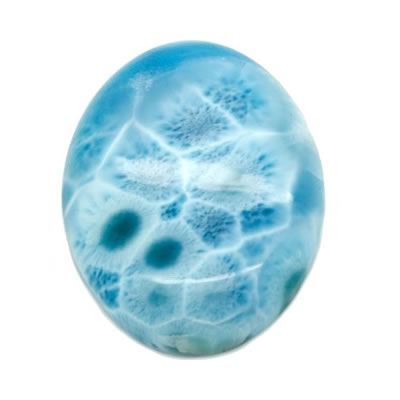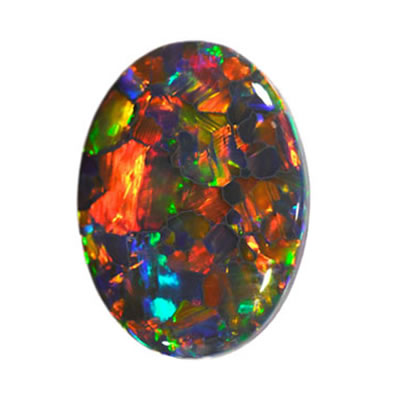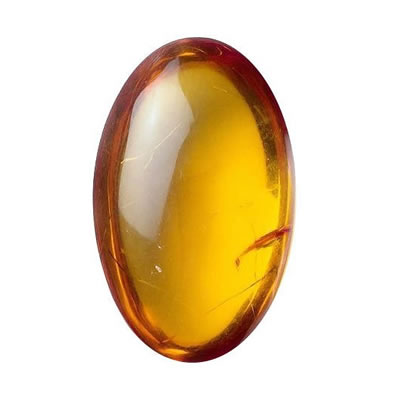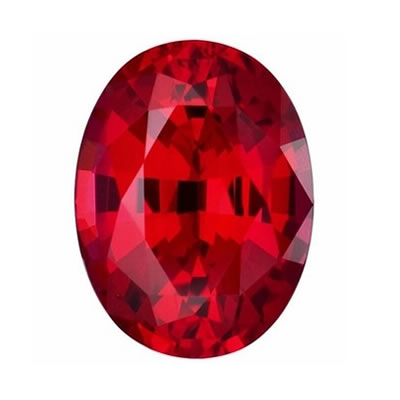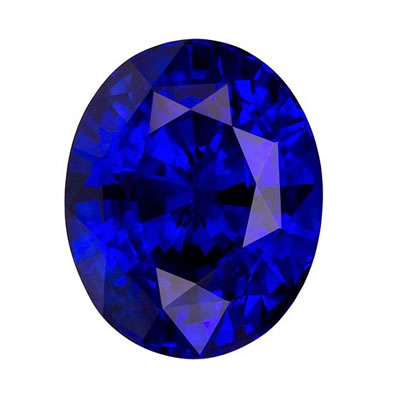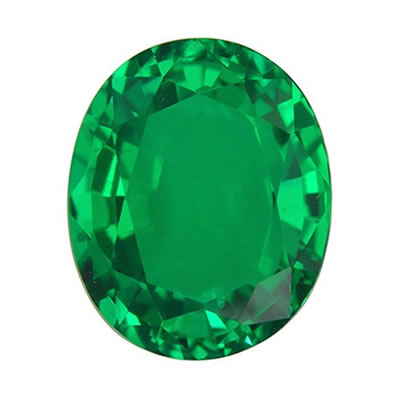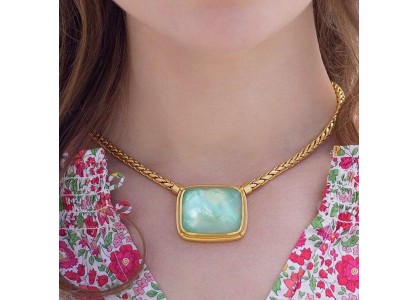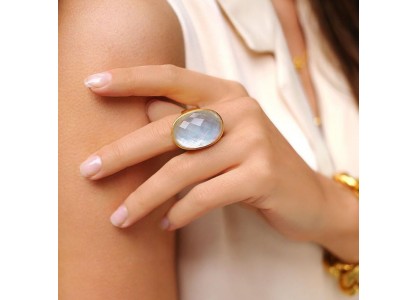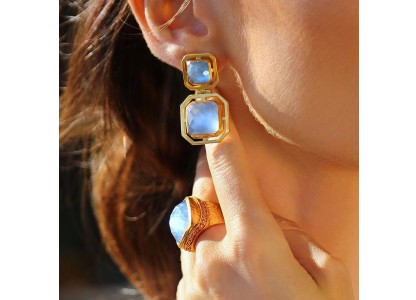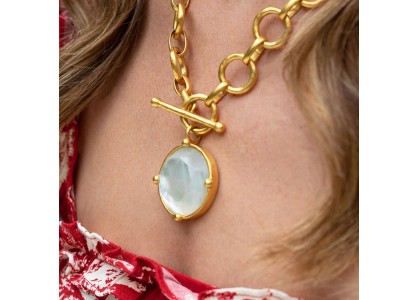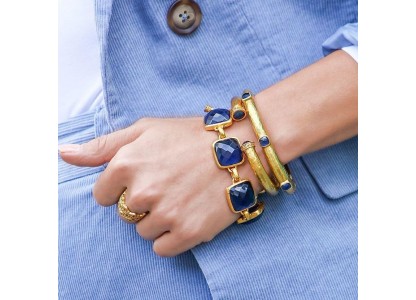Kunzite

Kunzite jewelry
Etymology and history
Kunzite is named as a tribute to George F. Kunz, the legendary American mineralogist, who first described the gem in 1902. Kunzite is a variety of spodumene was first described in 1800 for an occurrence (the type locality in Utö, Södermanland, Sweden. The name is derived from the Greek spodumenos (σποδυμενος), meaning "burnt to ashes," owing to the opaque, ash-grey appearance of material refined for use in industry. Spodumene occurs in lithium rich granite pegmatites and aplites. Associated minerals include: quartz, albite, petalite, eucryptite, lepidolite and beryl
Kunzite description
Kunzite is a pink to lilac colored gemstone, a variety of spodumene with the color coming from minor to trace amounts of manganese. Some (but not all) kunzite used for gemstones has been heated to enhance its color. It is also frequently irradiated to enhance the color. Many kunzites fade when exposed to sunlight. In the trade, kunzite is available in many beautiful cuts. It is one of the gems which are available in relatively large sizes at affordable prices. When making a purchase, however, you should remember that it is first the colour and then the clarity which determines its value. The more intense the color, the more valuable the kunzite is. The question of whether the color should tend more or less strongly towards violet will depend on your personal preference and skin type.
Kunzite in jewelry
The beautiful pink color of Kunzite is very often used in jewelry. Filigree earrings, sunshine rings or, other jewelry like necklaces, kunzite bracelets and pendants are more than amazing.
Occurrence
Kunzite is mined in Brazil, USA, Canada, CIS, Mexico, Sweden, Western Australia, Afghanistan and Pakistan.
Talk to Our Jewelry Experts
Monday to Friday from 9AM to 5PM EST

